At-Home Hair Bonding Products Reverse Damage for Healthy, Youthful Strands Without Spending $100s at the Salon
If you've taken a stroll down the hair care aisle of any store lately, you've likely noticed a plethora of products labeled as "hair bonding," "bond repair" or "bond building." But you might not be sure what this even means. Our hair contains bonds within each strand (more on this to come) that can be weakened from heat styling, coloring and even environmental factors, leading to breakage, split ends and lackluster locks. The good news is that these products are perfect for reversing all of these hair concerns. Curious to learn more? We thought so! So we turned to top hair pros for all you need to know on hair bonding products, how to use them and the best ones available to make your strands their healthiest yet. Keep scrolling for the 411 on hair bonding.
What are hair bonding products?
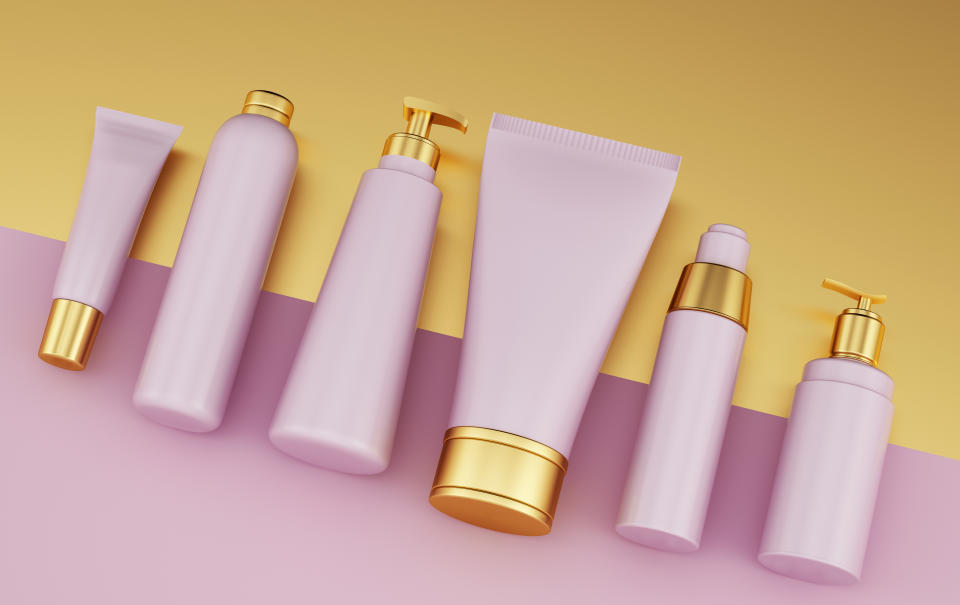
These products are innovative treatments that work by repairing and also reconnecting broken bonds within the hair shaft. For some background, our hair is made up of three types of bonds: hydrogen, ionic (aka salt) and covalent (aka disulfide). And they are all important as they contribute to your hair's strength, shape and elasticity. So any damage done to these bonds can wreak havoc on hair that can be reversed by using hair bonding products. They’re a veritable game changer for anyone experiencing dryness, frizz or damage — especially those of us who have color-treated hair or frequently use hot tools.
“If you color your hair, every day you break 50% of your hairs through mechanical damage — this includes brushing and heat styling,” says Dana Ionato, celebrity colorist at Sally Hershberger NoMad salon. In other words, the bonds detach and these bonding products reattach them. But keep in mind, these bonding products don’t necessarily hydrate your hair. “They put the pH levels of your hair back on track,” explains Ionato. This helps to “close the cuticle down and seal it in.”
Laura Polko, celebrity hairstylist and John Frieda House of Frieda ambassador also adds that bond building is especially important if you are color treating your hair because these treatments are actually rebuilding the bonds that color and bleach break in the process. “That actually has to happen in order to achieve the color you desire but then can leave your hair susceptible to damage,” she says. So essentially, hair bonding is all about repairing hair no matter what you've exposed your strands to.
For more on hair bonding, check out the below YouTube video from trichologist Abbey Yung.
What causes hair bonds to become damaged?
Sharley Butcher, Lead Educator and Textured Hair Specialist at Curlsmith, says that “our hair is exposed to aggressors daily, and over time, accumulated damage can cause it to appear limp and lifeless, and break more easily. Those with curls may notice that their curl pattern is looser and less defined.”
Lori Zabel, hairstylist and creative director at Dop Dop Salon NYC adds that breakage can happen after color and chemical services, heat styling and can also be due to environmental factors. “The hair becomes weaker and therefore it will split,” she explains. “It could become porous, dry and brittle which would lead to breakage. All chemical services, including color, highlights, bleaching, relaxers or even perms can break down or weaken the bonds."
Related: Why Your Hair Is So Dry: Pro Stylists Reveal the Sneaky Culprits + How to Fix It Fast
Who should use hair bonding products?
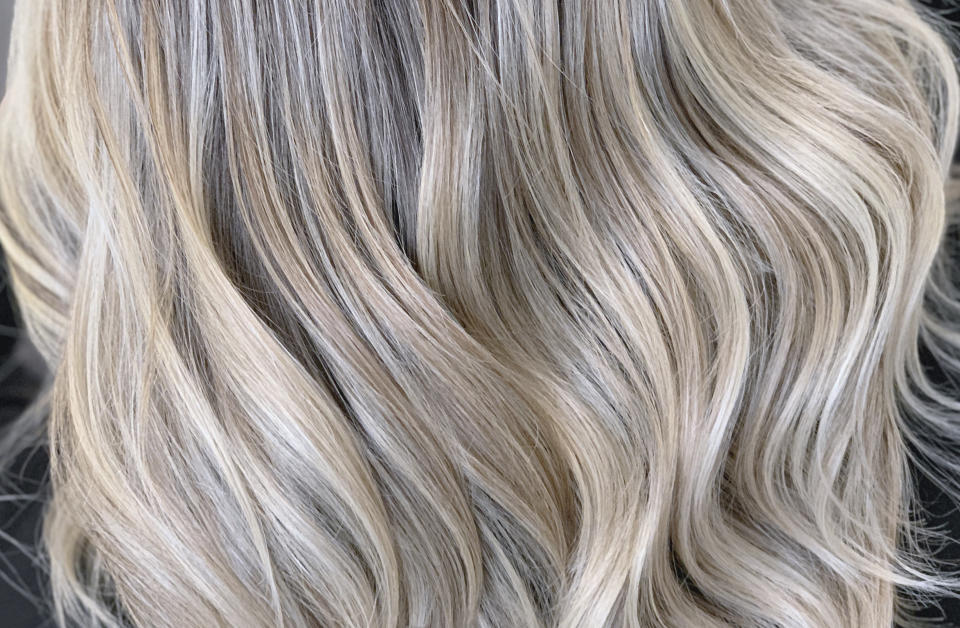
Ionato says that these bonding products are best for thin, fine and over-processed hair specifically. “If your porosity level is low, conditioner won’t help your hair grow back healthier. You used to have to cut your hair or wait,” she explains. Now, bonding products are the solution for that. Another way to know if hair bonding products are the way to go? “If your ends are dry when you get out of the shower, this is for you."
But not everyone should use hair bonding products to protect their hair from chemicals, heat and even the environment, says Zabel. “It’s essential for those with color-treated or bleached hair to use bonding products to ensure that they have the healthiest hair possible without changing their salon routines."
Related: How to Use Hair Lightener for Sun-Kissed Highlights Without Bleach
Who shouldn’t use hair bonding products?
Is there anyone who should avoid these innovative products? Well, if you have thin or fine hair, you shouldn’t necessarily avoid bonding products, says Ionato. But you should be cautious about exactly how much you use as these products can make your hair flat. And if you want to conserve your product if you splurged on a more expensive one, focus it on the damaged parts of your hair — usually the ends of your hair, says Ionato. A little can go a long way in this case.
How to use hair bonding products
Now that you’ve committed to addressing your hair damage, how should you use these products at home? Well, Zabel says that every hair product is different, and you should always look at the directions for use labeled on the bottle. “There are pre-treatments to use before shampooing to prevent breakage, like Redken’s Acidic Bonding Concentrate Intensive Treatment,” she says. And there are also shampoos, conditioners, masks and more on the market with bonding technology.
In other words, you can add bonding benefits to essentially any step of your routine. “Post-shampoo treatments are available to be done in salon and/or ‘take home’ treatments, in addition to ‘leave-in’ products which leave the hair strong yet soft to the touch,” explains Zabel. You can also add bonding products to your color service, either at-home if you DIY your color, or you can ask your colorist to include these at your next salon appointment. “Additionally, many products like colors or bleaches now contain bonders which help protect and strengthen the hair during processing time,” adds Zabel.
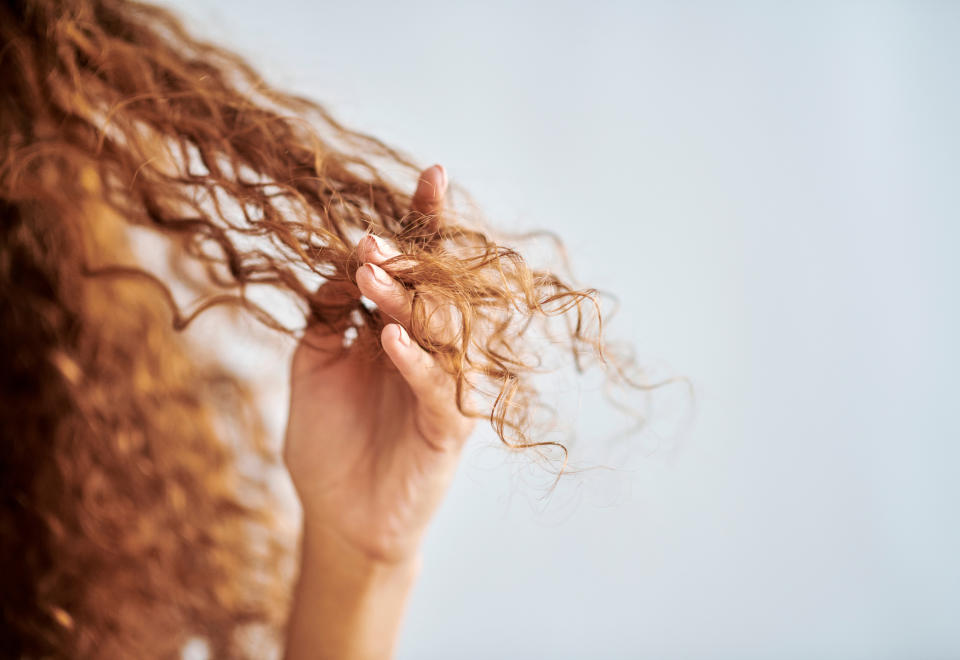
If your hair is wavy or curly, Butcher suggests gently scrunching hair with one pump of Curlsmith Bonding Oil after completing your styling routine to break any crunchy style cast and add softness, bounce and shine to curls.
To learn more about using hair bonding products, watch the below video from @MeganGraham on YouTube.
The best hair bonding products
Which products are best for reattaching your hair bonds? Here, experts reveal their favorites.
Best pre-shampoo hair bonding treatments
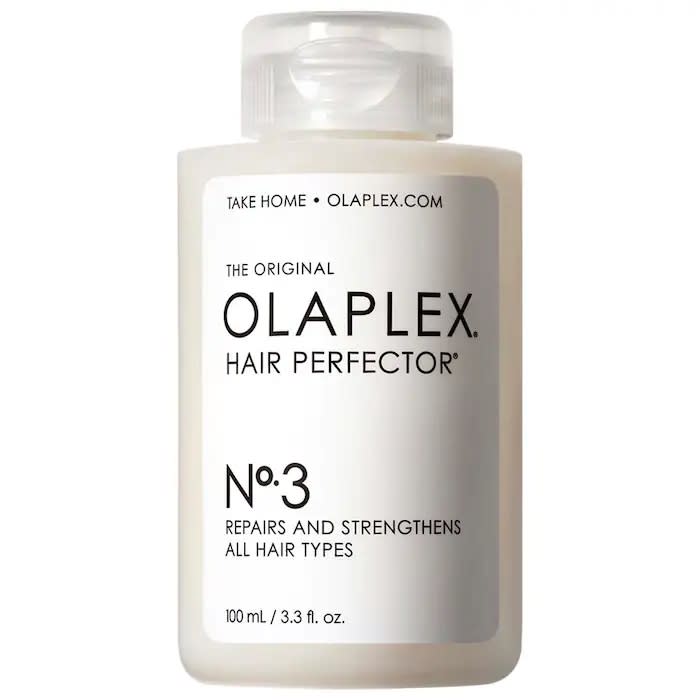
Olaplex No. 3 Hair Repair Perfector
This is the gold standard for a reason! This product introduced bonding ranges into the beauty marketplace. Ionato recommends this pre-shampoo hair treatment that’s designed to reduce breakage and split ends so your hair looks visibly healthier.
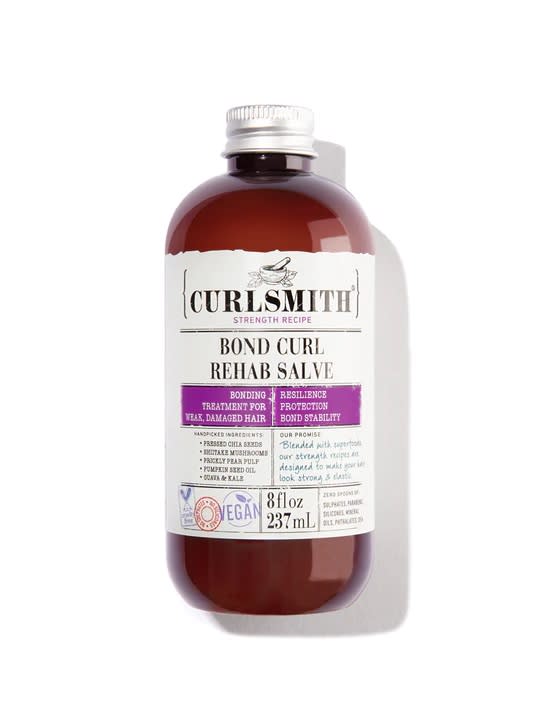
Curlsmith Bond Curl Rehab Salve
Using this pre-treatment before shampooing hair helps repair, hydrate and protect strands thanks to its amino acid formula. The salve addresses weak, damaged hair by repairing all three types of bonds found in our hair. “The formula also contains sweet almond oil, which is rich in vitamin E, radish root, which provides peptides and acts as a probiotic preservative, and a blend of nourishing superfoods,” says Butcher. “The result is visibly stronger and healthier waves, curls and coils.”
Best hair bonding set
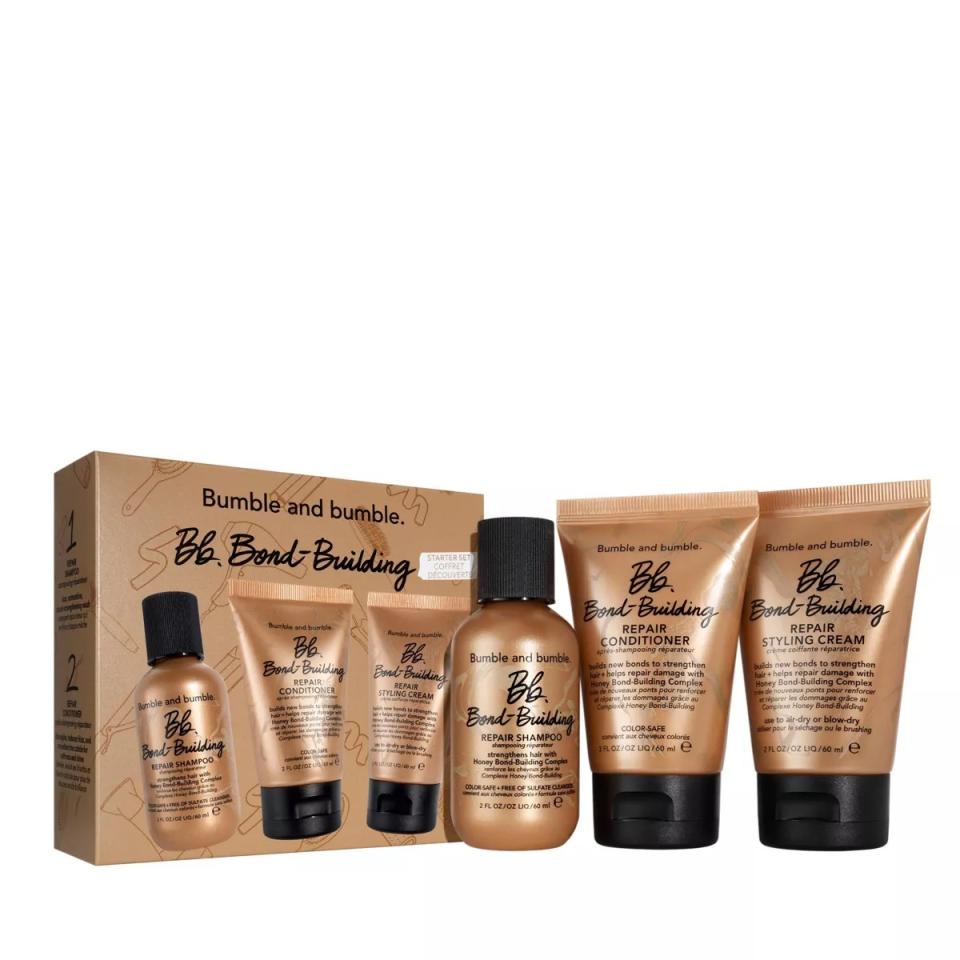
Bumble and bumble Bond Starter Set
For all that you need to repair hair bonds in one set, look to this option fro Bumble and bumble. Reviewers rave about how these products smooth, hydrate and boost shine. It includes a shampoo, conditioner and styling cream so you can mend hair at any step of your hair care regimen.
Best hair bonding oil for curly hair
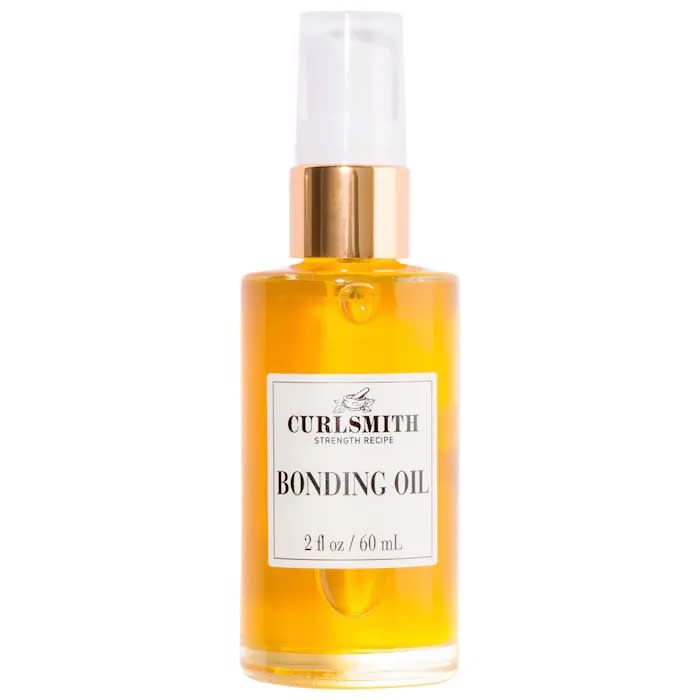
This bonding oil boasts a blend of castor oil and keratin, which penetrate strands and target the bonds to help strengthen the hair structure. Best of all, it's weightless, non-greasy and helps prevent frizz at the same time.
Best bonding shampoo and conditioner
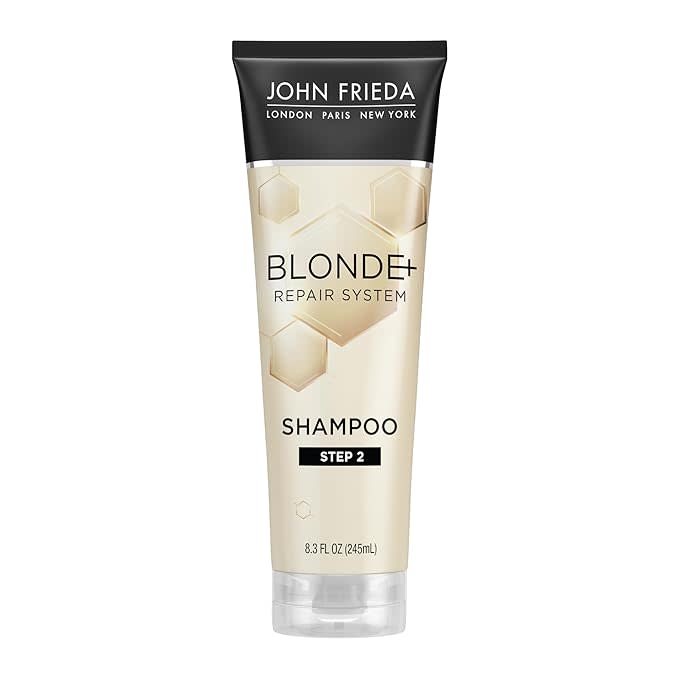
John Frieda Blonde+ Hair Repair Shampoo
Polko says this shampoo and its coordinating conditioner (below) can be used daily, but as far as treatments go, she recommends not to overdo it. “Once a week should be enough to rebuild those bonds and leave your hair looking and feeling healthier.”
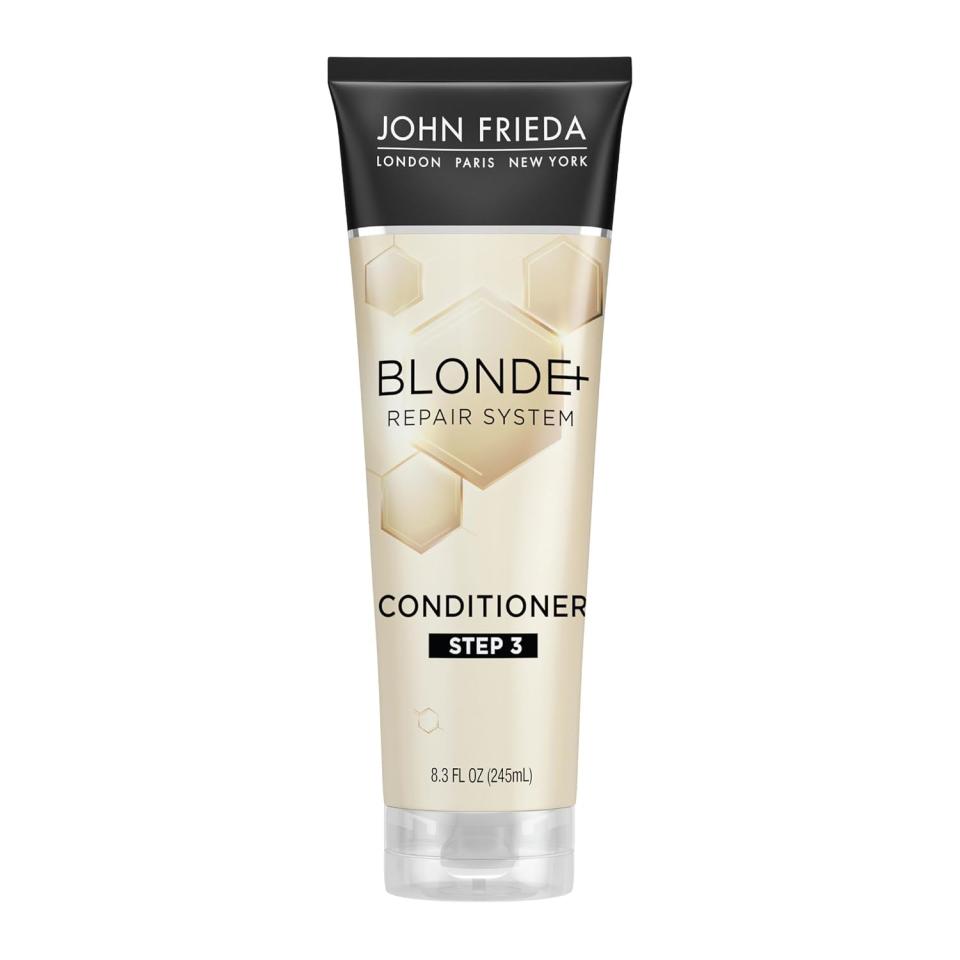
John Frieda Blonde+ Hair Repair System Conditioner
This shampoo and conditioner line is especially great for blondes, who often face more damage due to bleaching. If your hair is on the thin or fine side, you can try reverse hair washing by applying conditioner before shampoo to prevent locks from looking limp.
Best leave-in bonding treatment
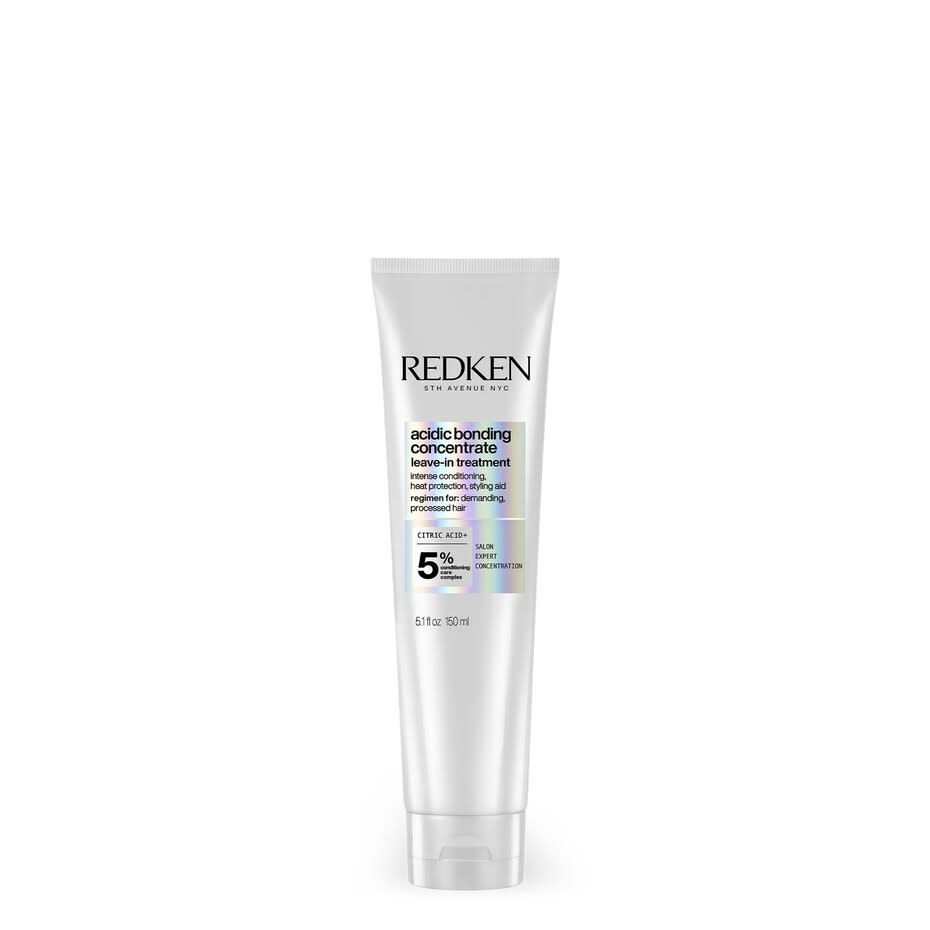
Redken Acidic Bonding Concentrate Leave-In Treatment
Zabel loves this Redken hair bonding treatment. It’s ideal for all hair types and works quickly to help revive even the most damaged hair. “Using this product gives my hair strength and leaves it feeling flexible and healthy."
Best hair bonding masks
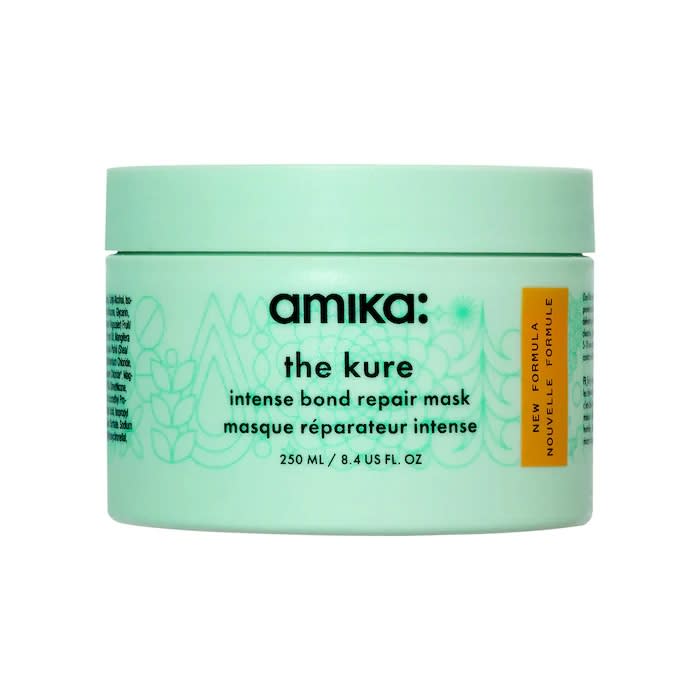
amika The Kure Intense Bond Repair Hair Mask
Sometimes you just need a rich, moisturizing treatment for your hair while you’re addressing the damage. Two things can be true: You need moisture and you need to deal with your breakage. This deep conditioner is just the thing. Created for thin, medium and thick hair types, this ultra-moisturizing hair mask does it all, from hydrating to repairing to strengthening.
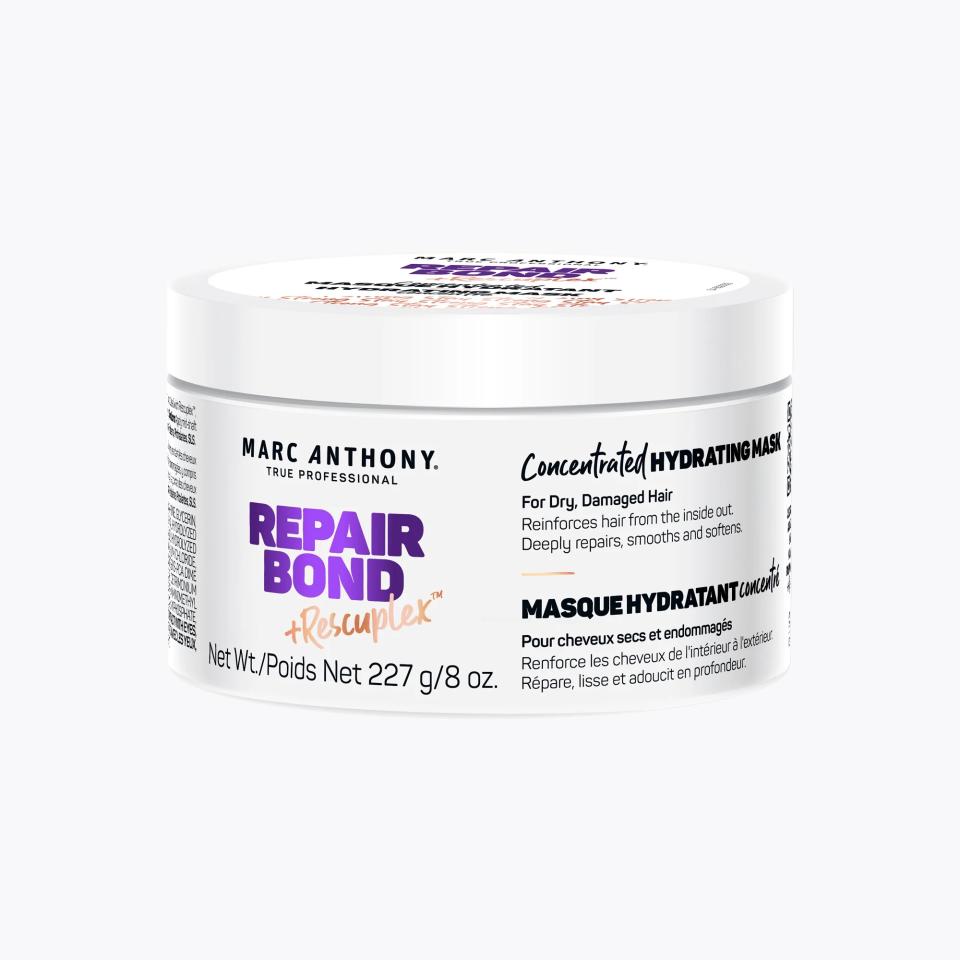
Marc Anthony Repair Bond +Rescuplex Hydrating Mask
For a budget-friendly repairing and hydrating hair mask, look no further than this one from Marc Anthony. It's made of a blend of rice bran oil, rosemary oil, hydrolyzed quinoa and vitamin C that all work together to nourish strands and mend damage.
For more of our favorite hair treatments, click through these stories:
Hyaluronic Acid Makes Hair Healthy, Shiny and Youthful — Here’s How to Use It
Before & After Photos That Prove Keratin Treatments Can Make Hair Gorgeous
Hairstylists’ Easy Secrets to a Salon-Worthy Blowout at Home

